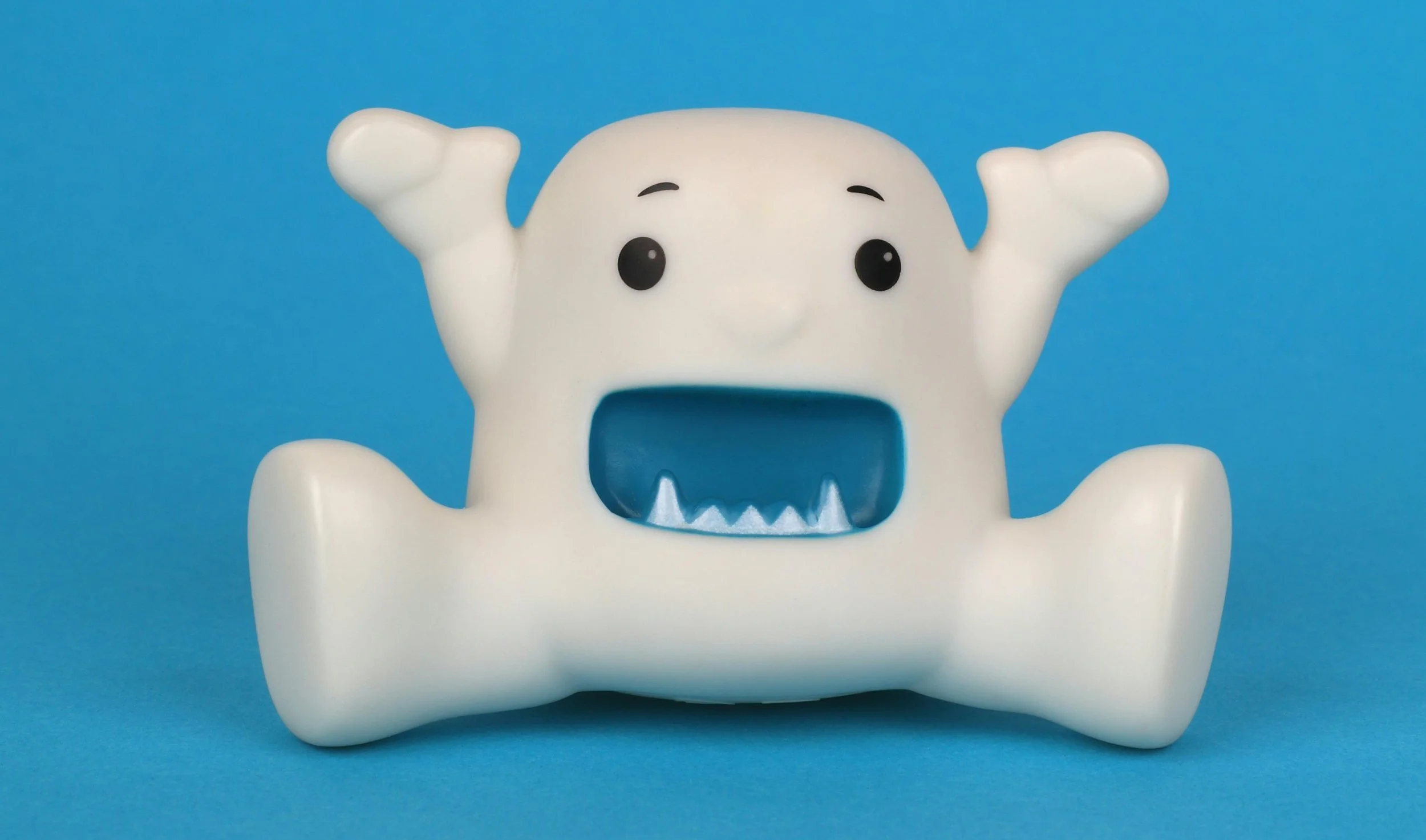Outsmarting the Anxiety Monster: How Personification Helps You Take Back Control
What’s Going On in That Head of Yours?
Let’s break down the anxiety process:
🧠 It starts with a scary thought—your imagination gets creative (but not in a fun Pinterest-board kind of way).
🚨 Your brain panics and activates your amygdala, your fear center.
📡 That sends a distress signal to the adrenal glands.
💥 Which then release adrenaline, making your heart race, your palms sweat, and your brain spiral (APA, 2022; Siegel, 2010).
Now you’re anxious, but not because you're broken—because your brain thinks a tiger is chasing you. There’s no tiger. There’s Gus.
Meet Gus: The Power of Externalizing Anxiety
Externalization is a therapeutic approach that helps you separate yourself from your problem. Instead of saying, “I am anxious,” you say, “Anxiety is showing up again” (Goodman, 2020). When you personify that anxiety—give it a name, a voice, maybe even some cartoon villain energy—you reduce its grip on you.
Here’s how to do it:
🧍♂️ Name It: Call it “Gus,” “Nervous Nellie,” or “Captain Catastrophe.”
✏️ Draw It: Maybe it has wild eyes, a megaphone, and a bad haircut.
🎤 Give It a Voice: It whines, nags, catastrophizes.
🎮 Talk Back: “Not today, Gus. I’m the one driving the bus.”
When anxiety becomes a character, it’s no longer you. It's just some guy yelling from the back seat.
“Personifying anxiety creates distance from it, reducing self-blame and increasing empowerment.” (Goodman, 2020)
🚌 The Maze Metaphor: You’re the Driver, Not Gus
Picture this: You're driving a bus through a maze. Gus is in the back yelling, “Go left, it’s safer!” but you know that road just loops back to what Ken Goodman calls the Land of Misery - living with anxiety and fear driving your life.
The right road? It’s uncomfortable. You’ll feel fear.
But guess what? Discomfort is the toll you pay for reaching what Ken Goodman calls the Land of Freedom - being free from anxiety.
You say:
"I hear you, Gus, but your directions are trash."
Real-Life Application: Past & Future Worries
Past Mistakes: Gus loves reminding you of that stupid thing you said in 2012. You can say, “Thanks for the blast from the past, Gus, but I’ve grown since then.”
Future Catastrophes: When Gus spirals into “what ifs,” remind him: “That’s not today’s business.”
By turning anxious thoughts into something outside of you, you break the cycle of internal blame and move into empowered action (APA, 2022; Siegel, 2010).
🖼 Bonus: Art Therapy It!
Draw Gus. Sculpt him. Give him a glitter mustache. In art therapy, personifying your anxiety makes it concrete, and once it’s concrete, you can confront it, laugh at it, and reclaim your space.
📞 Ready to Send Your Anxiety Monster Packing?
Let’s name it, face it, and take the wheel together.
👉 Click here to get started
📚 References:
Goodman, K. (2020). The Anxiety Solutions Series. Anxiety Solutions.
Siegel, D. J. (2010). The Whole-Brain Child. Random House.
American Psychological Association. (2022). Understanding Anxiety Disorders. https://www.apa.org/topics/anxiety

